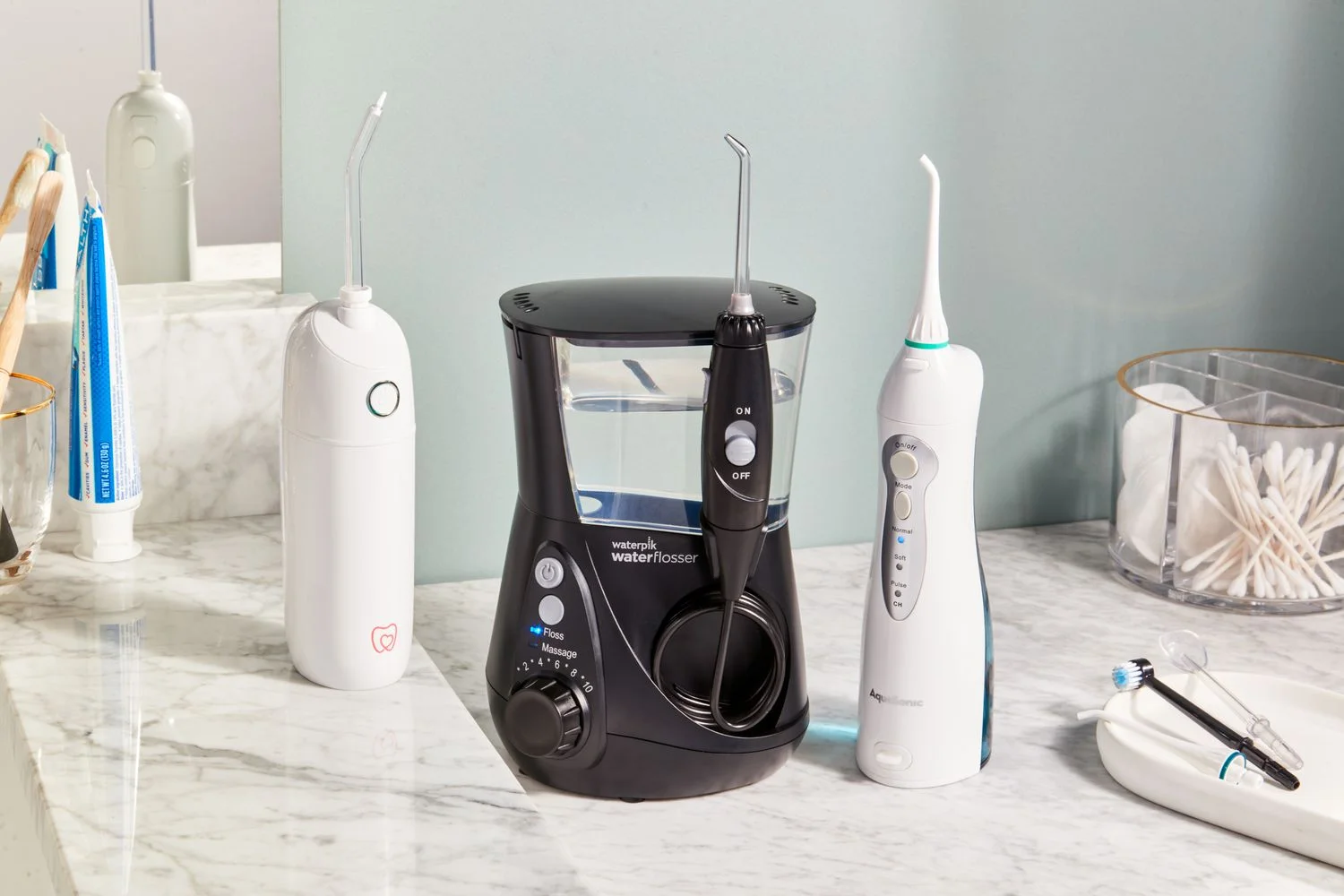A must-have for structural applications is powdered metal parts. Powdered metal parts have numerous advantages, such as improving part quality, shortening production time, and minimizing project costs. Powdered metal parts allow for a wide range of customization with high accuracy for efficiency. Other methods of manufacturing can be very costly but using these components is better suited for budgeting.
These components can be utilized for a variety of projects spanning different industries. These sintered metal parts are made from a process called sintering. Sintering is when metal is pressed down into a specific form, and then heat is applied, so the particles of the metal permanently hold that shape. The sintering process makes the newly formed components harder and stronger. Sintering proves to be better than melting metals to get these components because melting will reduce the metal to a liquid.
So, if you need structural components, there are high-grade products on the market with unrivaled quality craftsmanship. These powdered metal components are comprised of gears, sprockets, rings, lock and power tool parts, and other components used for technological purposes. Most innovative pieces of technological equipment are full of these types of parts.
Customization
Table of Contents
Powdered metal parts can be customized into hundreds of different shapes or forms to fit into any intricate system. From the unique alloy and lubricant blends, these components are designed to meet any application with ease. With complex geometries like keyways, splines, axel projections, and many more unique geometries, these parts are head and shoulders above any other component because of their flexibility when forged.
Quality
The majority of powdered metals are made with non-ferrous materials such as lead, nickel, aluminum, copper, and other low iron-based metals. These types of non-ferrous materials are malleable and denser in nature. These parts can withstand extremely high temperatures and are durable enough to take the punishment of high usage rates. Gears, for example, are very durable and sturdy since they have to rotate at high speeds to provide torque and energy for prolonged amounts of time. The raw materials used during the forging process don’t rust and are highly conductive for a potential variety of uses once they are molded into a component.
Cost Effectiveness
Another important detail when it comes to these components is how much money is saved because of a lesser need for secondary machining and no waste of extra resources. Powdered metal reduces energy consumption, which lowers the bills for other utilities making these parts. Cost reduction is 70 percent compared to other methods of integrating procedures for structural applications. Most lamination tooling can run hundreds, even thousands of dollars, but with these powdered metal parts, that can be reduced to more than half.
These must-haves for structural applications go a long way when it comes to manufacturing. The powdered metal process involves many different ways of getting the result components, but it is always worth it. It’s best to find a global leading business to have these parts shipped which will aid in infrastructure applications and form partnerships with them in order to get more projects done.
Powdered metal products have been around for about 50 years and continue to evolve around the progression of technology. Nowadays, there are powdered metal gears that can fit into any location, such as motors, computers, and all types of equipment for precision motion control. Powdered metal components are a necessity.













































